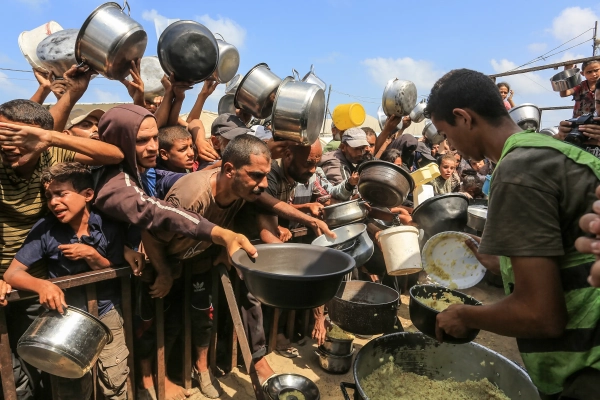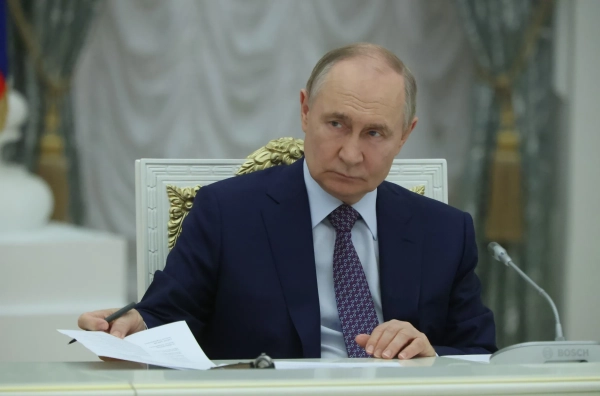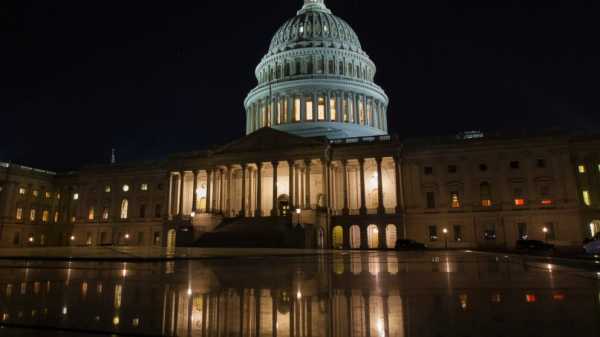
Gaza’s hunger emergency hit a somber turning point on Friday as the foremost global authority on food scarcity verified that famine has gripped the territory, exacerbated by Israel’s continued siege and military strikes.
The Integrated Food Security Phase Classification (IPC), a coalition of humanitarian organizations and UN bodies assessing global hunger through a five-tier framework, defines famine as occurring when over 20% of households endure catastrophic food shortages, at least 30% of children suffer severe acute malnutrition, and daily malnutrition-related deaths exceed two per 10,000 people. This week, the IPC confirmed these thresholds have been met in parts of Gaza and projected expansion by September. UN Secretary-General António Guterres condemned the crisis as “a human-caused catastrophe, an ethical condemnation, and a collapse of collective humanity.”
For months, the IPC cautioned that Gaza teetered near famine. The Famine Early Warning Systems Network (FEWS Net), supported by the US Agency for International Development, indicated in May 2024 that such conditions were “probable, if not imminent.”
Though malnutrition plagued Gaza both during and prior to the conflict sparked by Hamas’s October 2023 attack, the collapse of a temporary ceasefire in March 2024 and Israel’s subsequent two-month suspension of food aid intensified the crisis. While limited aid later resumed via the controversial US-backed Gaza Humanitarian Foundation (GHF), critics argue its sparse distribution centers—far fewer than pre-March levels—hinder access for vulnerable populations. Israel justifies the restrictions as anti-Hamas measures, though senior military figures told the New York Times in July there was no proof of “widespread” aid diversion.
Related
- The strategic leader behind Gaza’s food distribution
- Israel’s harsh Gaza tactics: A strategic and moral failure
Famine designations remain scarce. Only four have occurred under the IPC’s two-decade oversight: Somalia (2011), South Sudan (2017, 2020), and Sudan (2023). While classifications hold minimal practical value for those starving, they aim to validate on-ground realities. Governments—not the IPC—officially declare famines, though political factors often delay or prevent acknowledgment. Israel’s administration has already dismissed the IPC’s findings, with Prime Minister Benjamin Netanyahu labeling them “fabrications,” and its foreign ministry alleging methodological flaws in child malnutrition metrics. (The New York Times notes disputes over assessment criteria and insufficient data.) In past crises, observers have criticized the IPC for delayed alerts, arguing they arrive after peak suffering.
If official famine declarations lag behind reality, what purpose do they serve? Advocates argue they can galvanize political focus, media coverage, and funding. Mixed evidence exists, but cases like Somalia’s 2011 famine saw donor contributions surge post-declaration.
This underscores how Gaza’s crisis diverges from typical humanitarian emergencies. Unlike Somalia or Sudan, Gaza dominates global headlines, with images of starving children widely circulated (though politicized). The US, Middle Eastern, and European governments are already deeply involved in aid efforts. Resources also abound: thousands of aid trucks sit idle at Gaza’s borders, stymied by Israeli logistical barriers and chaotic distribution scenes as crowds overwhelm limited entry points.
Gaza’s plight isn’t overlooked—attention and resources exist. The core issue is political resolve. And that lies beyond the IPC’s mandate to address.
Source: vox.com






